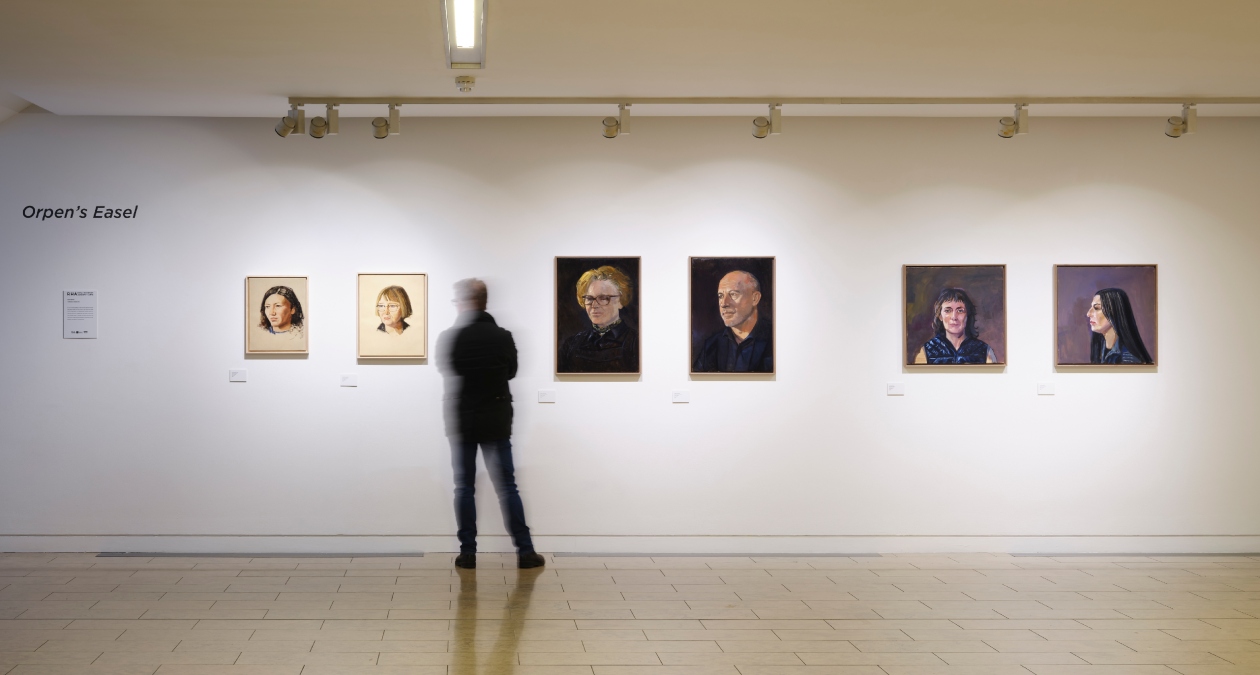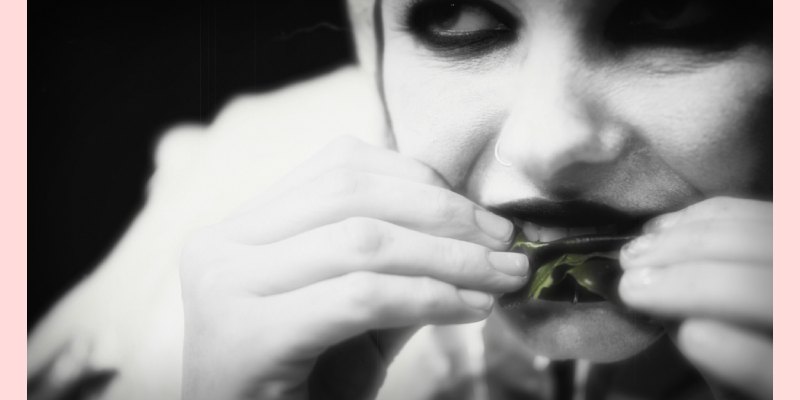As part of the 1916 commemorations, the RHA approached the photographer David Farrell to consider responding to the broader global situation of that time with the war in Europe raging on the Somme. As with many projects the point of departure becomes just that and through the process of discussion and reflection a very different vision for the exhibition began to form.
For Farrell, the period of Irish history since the 1966’s 50th anniversary of the Rising marks the greatest period of social and political transition since the founding of the State. He sees the ‘inevitable delayed aftershock’ of the War of Independence and the Civil War, together with the isolationism associated with neutrality during the Second World War as only reaching its thaw in the late sixties.
Farrell has mined his own archive of a quarter of a century of his photography to compile a provocative and complex suite of images. Though made in what the great American photographer Walker Evans describes as the ‘documentary style’ these images are open to metaphorical or allegorical readings well beyond their surface content.
The exhibition will be accompanied by a fully illustrated book with an introductory essay by the poet Theo Dorgan, which will be launched at the RHA on the 28th March.
A Response to 2016 by David Farrell
Five Questions from a Beloved
What does 1916 mean to you ?
The people of 1916, the resonance of their actions, the mythology and symbolism that they drew upon haunts us through presence and absence. In exploring the possibilities of being asked to respond to ‘16 and considering either going forward and making a totally new body of work or perhaps looking backwards on existing work and hence forwards in a form of revisionism, I settled on an existing trilogy of works Before, During, After that I had made in the ‘90’s but never exhibited. These photographs were not only an artistic response to my homeland when made all those years ago, but because of being in the documentary style had now become an archive of sorts. This archive explored key themes that I think we carry within us even in what some people might consider to be a post-catholic wasteland. I then examined some more recent works and made a few new photographs in order to expand the narrative for this will be a year of narratives.
In general terms, I am ambivalent and conflicted. On a surface day to day level, I carry no republican genes but I feel Irish whatever that means. As a child of the sixties my existence and experience of growing up has been shaped by the final delayed aftershock of revolution. The belated social and economic revoltion of the last thirty years has, as ever, both liberated us and enslaved us in what has been in many ways a failed Republic. We go backwards and forwards through time. We are not as unique as we think we are. For are not all countries shaped and formed from violence? Sometimes the coloniser, as we see even from recent world events, only comes to the table with urgency and sincerity when confronted with what is is ofen an anti-democratic action by a small group of determined people. But once the genie is out of the bottle the shock waves reverberate through space and time. Perhaps the best answer is that oft missquoted ‘it’s too early to tell’.
Can you comment on the exhibition title and the vagueness of the titles of the works ?
I dislike artistic statements where the artists seem to be so certain about what they do and what their work is about. So the Almost is there to further blur what exactly it is we are Before, During or After – to introduce an element of doubt in a year in which revisionism will claim certainty. It also touches on the limits and possibities of representing a country even with photographic ‘truth’ and my own uncertainty about the notion of taking on the task of responding to 2016. This also extended to the titles which frequently have ‘sometime in the early nineties’ as part of the descriptor. I wanted to liberate the photographs from their supposed documenary certainty and allow them to be read on other levels. I have perhaps a naive belief that photographs, even those of the real world, can actually go beyond their surface representation.
What bodies of work and period are explored in the show ?
More or less from the time that path in the wood diverged, so approximately 30 years. Some are quite specific such as over 15 years spent exploring the ongoing search for the disappeared from the conflict in Northern Ireland or perhaps 10 years exploring the decline of Catholicism or 4 years exploring the topography of the aftermath of the Celtic Tiger. Others are less specific, more akin to how I largely work now: simply looking and wandering on the inside and on the outside, my ‘attempts at a successful day’.
Why naked prints/no frames ?
As ever, with most artistic endeavours there are practical and theoretical/ conceptual forces at play. Having decided to explore a rather short history of looking at Ireland my instinct was to go with the raw print and simply pin, somewhat akin to a proclamation being nailed to a wall. I thought the immediacy of the naked print might facillitate a flowing narrative that frames might interrupt and would also permit a considerable variation in scale. Althought the prints are prepared to archival standard on fine art paper I sacrificed ‘altar piece’ presentation of works in favour of rhythm. I hoped to play with the idea of a slightly rough ongoing project, something that reflected our wee unfinished country going backwards and forwards through time. This narrative is further explored and developed in the eponomously titled forthcoming book which will be launched on Easter Monday (29/03/2016).
Is the show exclusively about Ireland ?
This not a Love Song. Its an excavation and exorcism of an archive, an attempt to animate an archive. It is intended as a point of reflection and departure (also for me with regard to my practice as I no longer (at present…) really work in this documentary style. Perhaps unfortunately it is, as ever, about me: a post-catholic existential wanderer.



